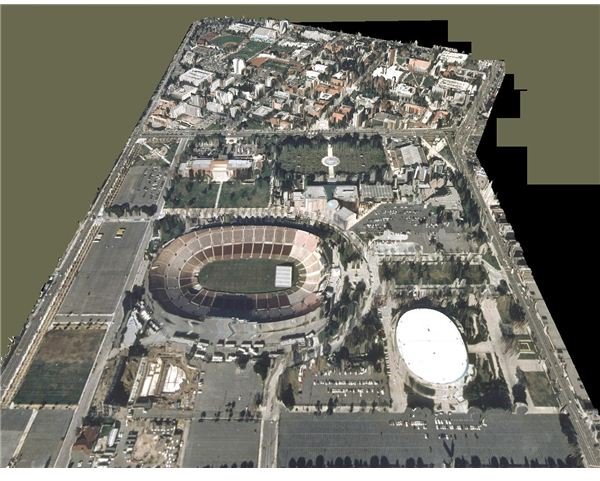How DNA Computers Work - The History of How Scientists First Used DNA For Computing
Where it all began
The nature of DNA and how it can be used in computers
Deoxyribonucleic acid is a chain constructed from molecules called nucleotides. Each nucleotide consists of a sugar molecule, a phosphate group, and a specific group called a base. The sugar and phosphate portions link together with ester bonds, which give the chain the shape of a helix with the bases lined up.
Four different bases are found in DNA: adenine, guanine, cytosine, and thymine, each of which is represented by its initial. Cytosine and guanine tend to pair up together, as do adenine and thymine; these couplings are called base pairs. Each strand of DNA in the genome has a matching “mirror image” strand, or complement. These pair up together in a process called hybridization to form the famous double helix shape.
Information in DNA is coded in the order of the bases on a strand. Hybridization drastically reduces errors because when an error occurs, each strand can correct the other.
In traditional computing, information is stored in binary code – strings of ones and zeroes. DNA can be used in a similar way by stringing the four base pairs. Instead of binary, DNA uses quaternary, or base 4.
The first DNA computer
Leonard M. Adleman, a researcher at the University of Southern California, invented the first DNA computer in 1994. His device looked nothing like a conventional computer. It consisted of a test tube filled with clear liquid, and required the performance of several chemical processes to complete its task: a demonstration that solved a math problem.
This problem, called the Hamiltonian Path Problem, is a special case of the “traveling salesman problem.” To solve the Hamiltonian Path Problem, the DNA had to find the a path that passed through each of seven cities exactly once, with the constraints that only certain routes between cities were possible.
In this case, the DNA used the “shotgun approach”: that is, it generated all possible paths and discarded all but those which passed through each city exactly once.
The cities were encoded in short segments of DNA. Each path between two cities was also coded in a short segment of DNA These codes were connected to the city codes in an ingenious way.
Say each city code was made of six bases. London might be ACGGTT, and New York might be CTCAAG. The complements of these codes are TGCCAA and GAGTTC, respectively. The code representing the path between two cities is made from the first half of one city code’s complement and the second half of the other’s. Thus, the path from London to New York would be represented by CAAGAG, and the path from New York to London by TTCTGC.
The short strands of DNA making up the city codes and the codes for the possible paths were synthesized using existing technology, then mixed together. Because of DNA’s natural tendencies to link together and to hybridize, double strands of DNA were generated which represented, on one strand, a sequence of cities in order, and on the other, the sequence of paths between those cities.
Existing technology called gel electrophoresis allowed researchers at the time to separate DNA strands by size. Strands containing exactly seven cities were separated from the rest using this method. Next, another technique called affinity purification was used to check each strand for the city codes it contained. The strands were run through the affinity purification process once for each city. The result allowed the selection of only those strands containing all seven cities.
This DNA computer was quite unsophisticated compared to conventional computers. For example, it did not use logic gates, which make modern computing possible. That advance took another three years. It was not self-contained, as required a great deal of human intervention to do the chemistry at each step. The DNA was only the “software.” More modern DNA computers, such as the computational gene, contain both the software and the hardware and are essentially self-contained computers.
